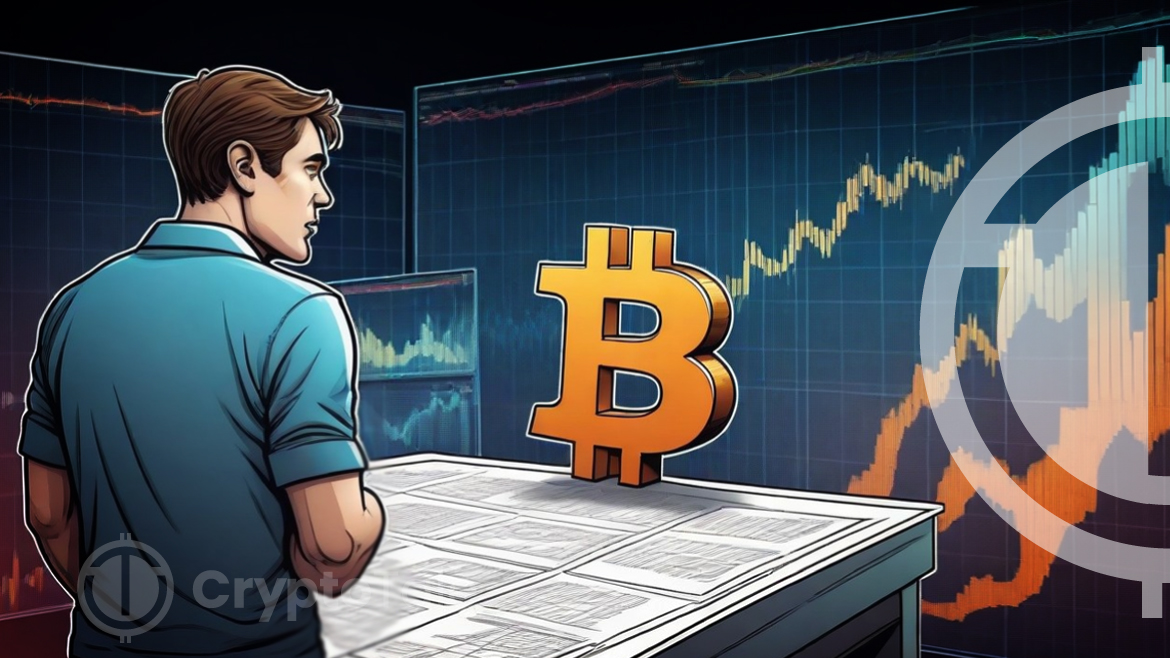
Bitcoin traders are closely observing the hourly chart as the TD Sequential indicator flashes a sell signal, hinting at a potential short-term correction for the leading cryptocurrency, as highlighted by Ali Martinez, an analyst. With Bitcoin hovering around $71,271, investors are eyeing the possibility of a dip towards $69,500, although the exact stalling point remains uncertain.
As noted by Altcoin Sherpa, an analyst, while some anticipate a mere temporary pause in the ongoing bullish trend, others brace for a more substantial pullback. Amidst this, traders are cautious about shorting Bitcoin unless it’s for a quick scalp.
The 24-hour trading volume for Bitcoin stands at $41,865,457,223, indicating robust activity in the market. Despite the sell signal, Bitcoin has managed to gain 4.60% in the last 24 hours, suggesting resilience amidst the potential correction.
The 1-Day Relative Strength Index (RSI) reads 59.65, portraying Bitcoin’s current state as neither overbought nor oversold. However, the 1-Day Moving Average Convergence Divergence (MACD) trading below the signal line suggests a short-term downward pressure on the price.
Interestingly, the 1-Day Know Sure Thing (KST) indicator trades above the signal line, signifying that the overall trend remains bullish despite the sell signal. This duality in indicators underscores the complexity of Bitcoin’s current market sentiment, with some indicators signaling caution while others maintain optimism.
Traders are advised to navigate these mixed signals with caution, considering the potential for both short-term corrections and the resilience of the overall bullish trend. Furthermore, incorporating risk management strategies becomes crucial in such volatile market conditions. While the sell signal may prompt some traders to consider shorting Bitcoin, others may opt for a more conservative approach, awaiting clearer market signals.
Bitcoin’s hourly chart presents a sell signal, indicating a possible short-term correction towards $69,500. However, the exact stalling point remains uncertain, with traders closely monitoring market dynamics.














